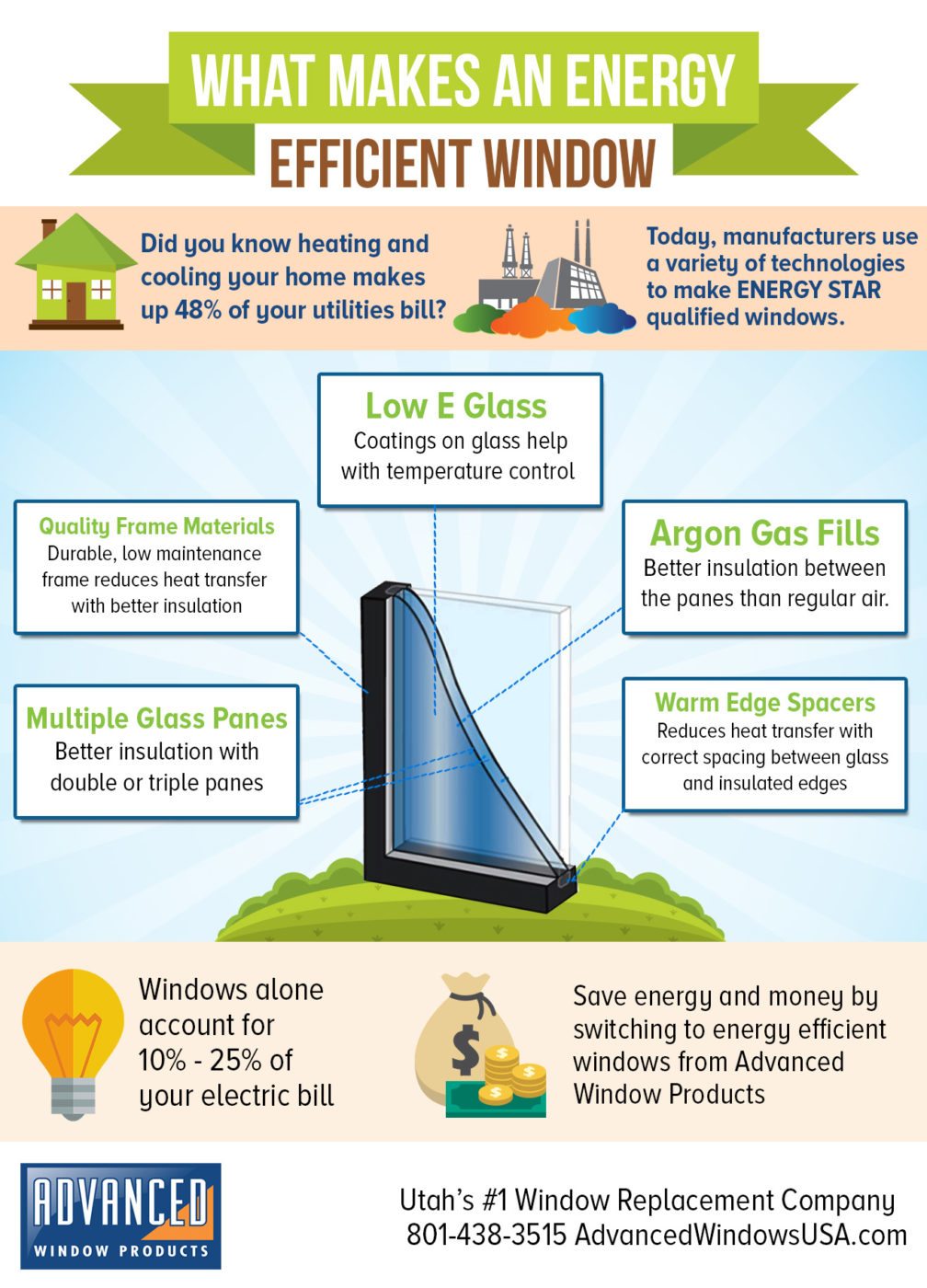Master The Key Pressure Cleaning Methods Fit For Different Surface Types To Realize Remarkable Results-- Explore The Methods That Bring About An Impeccable Finish
Master The Key Pressure Cleaning Methods Fit For Different Surface Types To Realize Remarkable Results-- Explore The Methods That Bring About An Impeccable Finish
Blog Article
residential window washers near me -Stone Mosley
When it involves press cleaning, the technique you choose can make all the distinction in attaining a tidy, streak-free coating. You could find that difficult surface areas, like concrete, call for a various strategy than softer products, such as wood or plastic. It's essential to adapt your techniques to the surface area type to prevent damages while making best use of cleansing efficiency. So, what are the very best strategies for each surface, and just how can you guarantee you're making use of the right setups and tools for the job? Let's discover what you need to know to get the most effective results.
Tough Surfaces
When it pertains to press cleaning hard surfaces, prep work is vital. Before you also think about taking out the pressure washer, put in the time to clear the area of any kind of particles, furniture, or obstacles. You do not want anything entering your way or possibly destructive your devices.
Next, inspect the surface area for any type of fractures or damage; this will certainly assist you establish the ideal method and pressure setups.
When you've prepared the location, it's necessary to pick the appropriate nozzle. For difficult surfaces like concrete or block, a slim nozzle (15 or 25 degrees) functions best to provide a concentrated stream of water that can effectively eliminate grime and discolorations. Always start at a distance and slowly move closer to prevent any surface area damages.
As you begin washing, keep the wand relocating to avoid streaks and over-saturation. It's likewise helpful to function from the top down, enabling dust and particles to get rid of normally.
Ultimately, bear in mind to rinse the surface thoroughly after cleaning to remove any remaining detergent. With these strategies, you'll achieve a tidy and rejuvenated look on all your hard surfaces.
Soft Surfaces
Stress cleaning soft surfaces calls for a gentler approach to protect them from damages. Whether you're cleaning your deck, patio furniture, or exterior siding, using excessive pressure can result in dents, scrapes, or even permanent harm.
Begin by picking a low-pressure nozzle, preferably a 25-degree or bigger spray pattern, to spread the water extra delicately.
Before you start, it's vital to pre-treat any kind of stains with a suitable cleansing solution. This step allows the cleaner to penetrate the dirt and grime, making it much easier to get rid of without scrubbing also hard.
Always use the service from all-time low as much as protect against streaking.
When you start stress cleaning, maintain a range of at the very least 12 to 18 inches from the surface area. Move your stick in a sweeping motion, maintaining it alongside the surface to stay clear of focused pressure on one area.
Rinse the location extensively after cleansing to remove any recurring cleanser.
Finally, examine the surface area for any type of missed areas and repeat the procedure if necessary. By complying with these steps, you can properly clean soft surface areas while maintaining their integrity and look.
Specialized Surfaces
Cleansing soft surface areas requires treatment, but specialized surfaces require a lot more attention to information. When you deal with these surface areas, like delicate wood, tarnished concrete, or particular sorts of siding, utilizing the best stress cleaning methods is essential to avoid damages.
First, examine the product. As an example, treated timber can often hold up against modest stress, however softer woods like cedar might need a reduced setting. Constantly start with the lowest stress and slowly increase if required.
For tarnished concrete, make use of a follower spray nozzle and maintain a consistent range to stop engraving the surface.
When managing surface areas like plastic home siding or repainted surface areas, a large spray pattern helps distribute the stress equally, protecting the coating.
https://www.realhomes.com/buying-guides/5-expert-tips-for-choosing-the-best-sofa-fabric 's also a good idea to utilize detergents particularly developed for specialized surface areas. They can enhance cleaning without compromising the material.
Wash completely after cleaning to get rid of any kind of deposit, as it can lead to discoloration or wear and tear over time.
Final thought
To conclude, understanding stress washing strategies for different surface areas can make all the difference in your cleansing outcomes. For hard surface areas, stay with slim nozzles and a top-to-bottom method, while soft surface areas require a gentler touch with larger nozzles. Don't neglect to pre-treat discolorations and wash thoroughly to stay clear of deposit. By adapting your approaches per product, you'll not just achieve a cleaner finish yet also safeguard the stability of your surfaces. Pleased cleaning!
